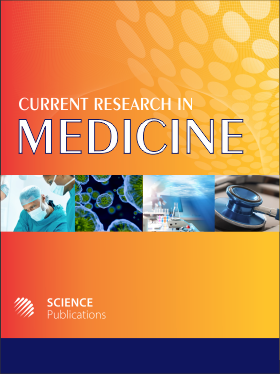Functional Recovery of Upper Limb Post-Stroke: Mental Practice with Motor and Non-Motor Imagery
- 1 Institute of Biophysics Carlos Chagas Filho, Brazil
- 2 Centro Universitario Serra dos Orgaos (UNIFESO), Brazil
- 3 Federal Fluminense University (UFF), Brazil
- 4 Centro Universitario Augusto Motta (UNISUAM), Brazil
- 5 Federal University of Rio de Janeiro (UFRJ), Brazil
- 6 Federal University of Ouro Preto (UFOP), Brazil
Abstract
Problem statement: Mental Practice (MP) with motor imagery consists of a method of training in which motor imagery is used to improve performance. The aim of this study was to investigate the efficacy of MP with motor imagery on motor recovery of the paretic upper limb of post-stroke patients in comparison with MP with non-motor imagery. Approach: Four post-stroke patients were divided into two groups: experimental (the physical practice of motor tasks and MP of the same tasks: n = 2) and control (the physical practice of motor tasks and MP of non-motor tasks: n = 2). We evaluated: Heart Rate (HR) and systolic (SBP) and Diastolic Blood Pressure (DBP), immediately before and after execution and imagination of the tasks; time of execution and imagination of each task; and motor function of the paretic upper limb through the questionnaires “Fugl-Meyer for Upper Extremity” and “quality of movement section of arm motor ability test” before and after the 10 weeks of treatment. Results: The qualitative analysis showed that regardless of training, patients spent less time on imagery motor tasks than to execute them; and have increased in HR, SBP and DBP after execution as well as after imagery of motor tasks. The training caused a reduction in the time of execution of motor tasks in both groups and increment on the motor function of the paretic upper limb only in the experimental group. Conclusion: These results suggest that an MP with motor imagery may be an effective method for the functional recovery of the paretic upper limb of post-stroke patients.
DOI: https://doi.org/10.3844/amjsp.2012.50.55

- 5,468 Views
- 6,485 Downloads
- 1 Citations
Download
Keywords
- Motor imagery
- mental practice
- rehabilitation
- stroke
- hemiparesis
